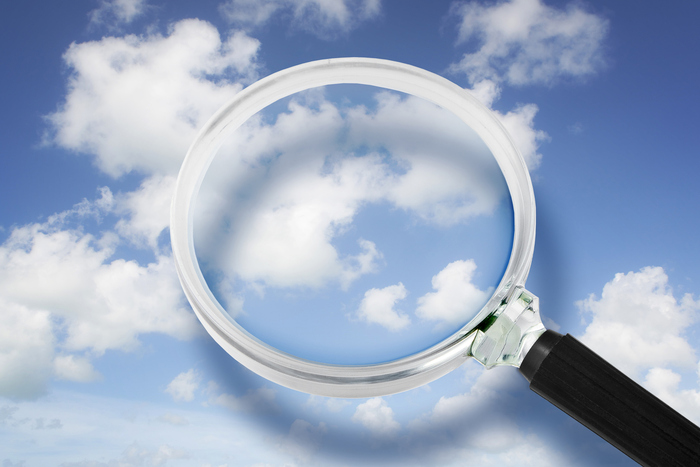A large hole in the ozone layer persists in November 1:04
(CNN) -
The ozone hole that forms each year over the South Pole is now larger than Antarctica, scientists with the European Union's Atmosphere Monitoring Service Copernicus said Thursday.
Ozone depletes and forms a hole over Antarctica in the southern hemisphere spring, which is from August to October.
It usually reaches its largest size between mid-September and mid-October, according to Copernicus.
After growing "considerably" last week, the hole is now larger than 75% of ozone holes from previous years at the same stage of the season since 1979, and is now larger than the continent it looms over. .
Scientists discovered what could be the largest hole ever recorded in the Arctic ozone layer
"This year, the ozone hole developed as expected at the beginning of the season," Vincent-Henri Peuch, director of Copernicus, said in a statement.
advertising
"Now our forecasts show that this year's hole has become a bigger one than usual."
Last year's hole also started exceptionally in September, but then became "one of the longest-lasting ozone holes in our data record," according to the Copernicus program.
The ozone layer, which is between 14 and 35 kilometers above the Earth's surface, protects the planet from ultraviolet radiation.
The hole in the southern hemisphere is generally caused by chemicals, such as chlorine and bromine, migrating into the stratosphere, creating catalytic reactions during the Antarctic winter.
The hole in the ozone layer "will completely heal in 50 years"
How is the hole in the ozone layer formed?
The ozone hole is related to the Antarctic polar vortex, a band of swirling cold air that moves around the Earth.
When high temperatures in the stratosphere begin to rise in late spring, ozone depletion slows down, the polar vortex weakens and eventually decomposes, and by December, ozone levels generally return to normal.
This ends the air insulation created by the polar vortex that forms during the Antarctic winter, allowing chemicals like chlorine and bromine to deplete the ozone layer, according to Copernicus and NASA.
Ozone levels are generally restored to normal levels in December.
The Copernicus program monitors the ozone layer using computer models and satellite observations, and while the ozone layer is showing signs of recovery, Copernicus says it won't fully recover until the 2060s or 2070s.
This is because it will take time to see the effects of the phase-out of chlorofluorocarbons (CFCs), which deplete the ozone layer.
The chemicals were first regulated by the Montreal Protocol, first signed in 1987. They are expected to be phased out by 2030, according to the Environmental Protection Agency.
A study published in the journal Nature last month says the world would be on track for an additional 2.5 degrees Celsius rise in global temperatures and a collapse of the ozone layer if the protocol had not banned CFCs.
- Allen Kim and Ashley Strickland of CNN contributed to this report.
Ozone layer


/cloudfront-eu-central-1.images.arcpublishing.com/prisa/DBT2OEOLXBGZTLYKDBM2FWSJNM.jpg)



